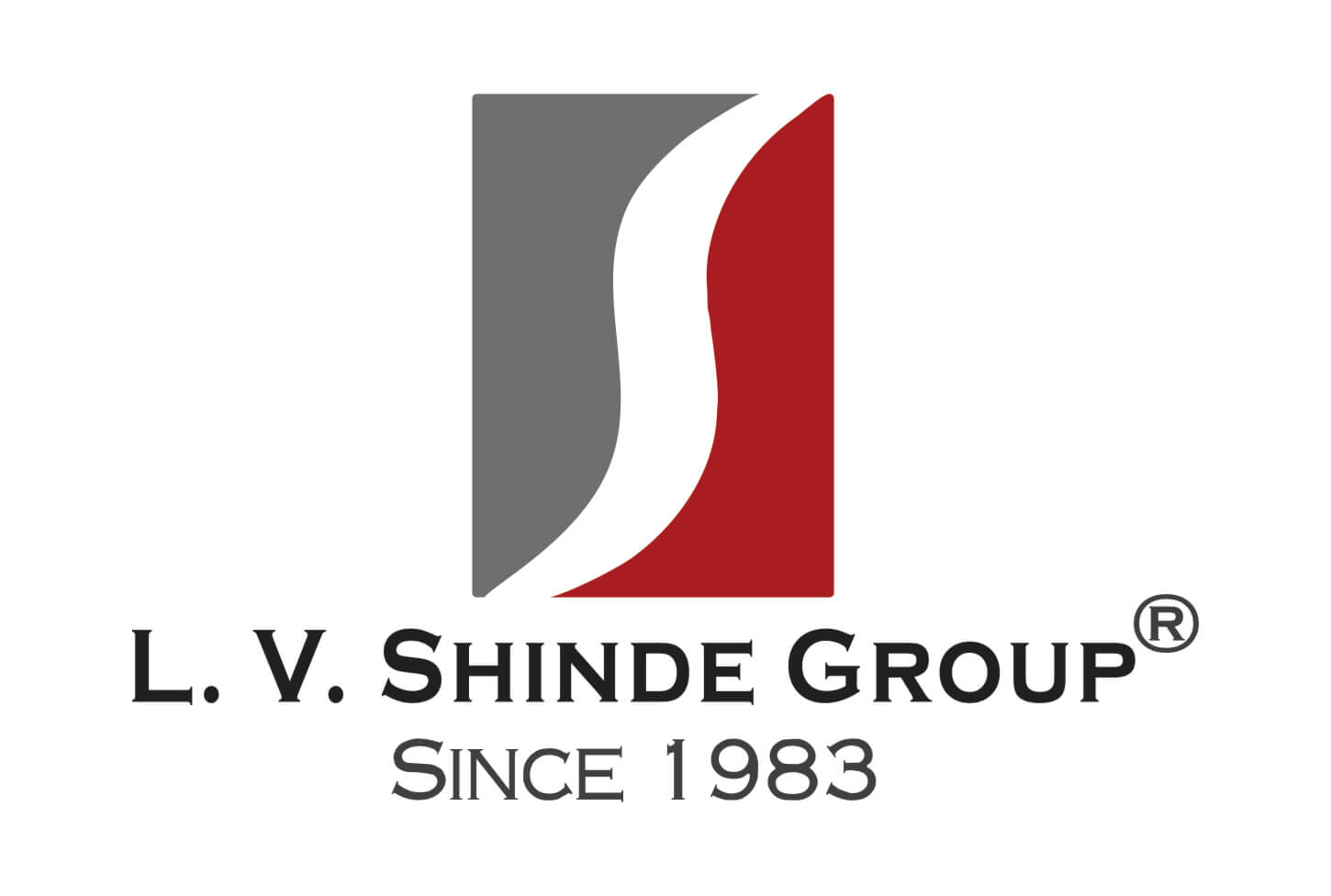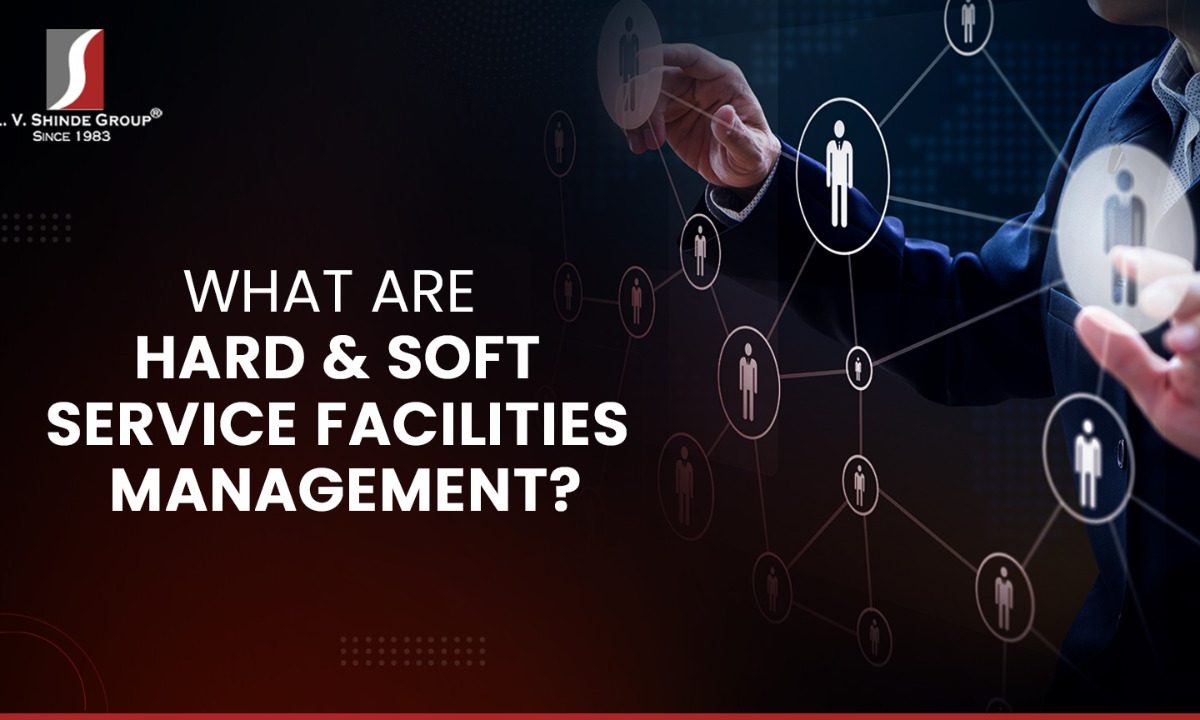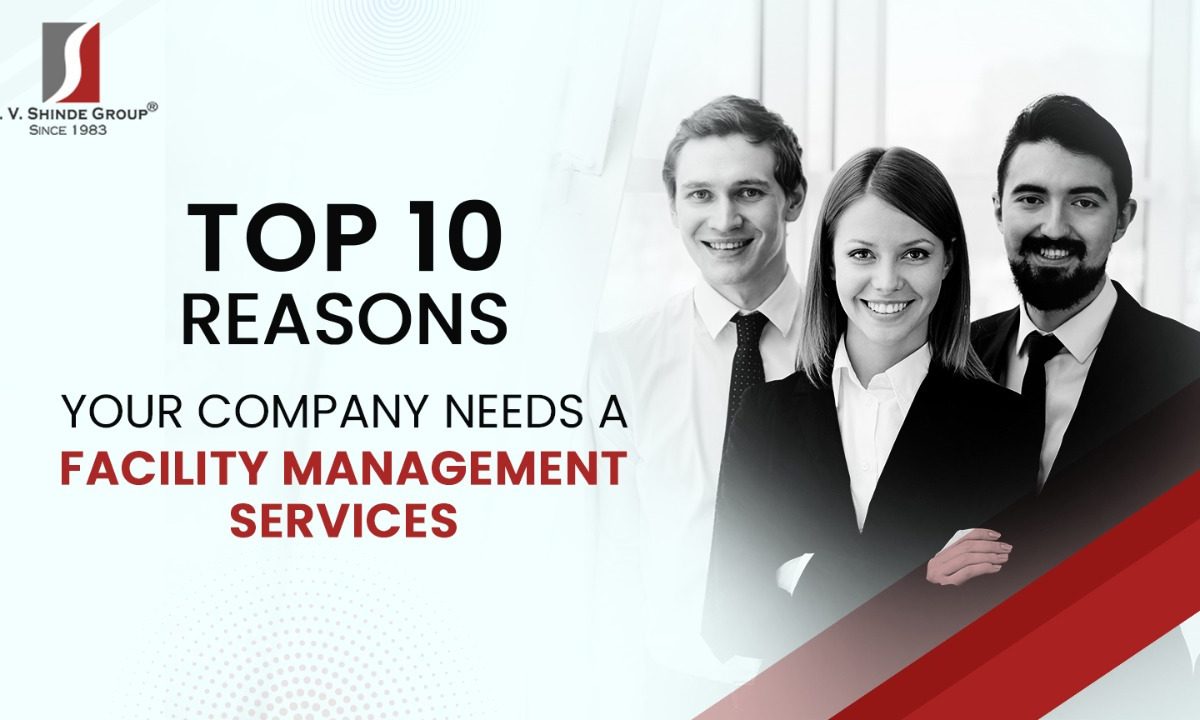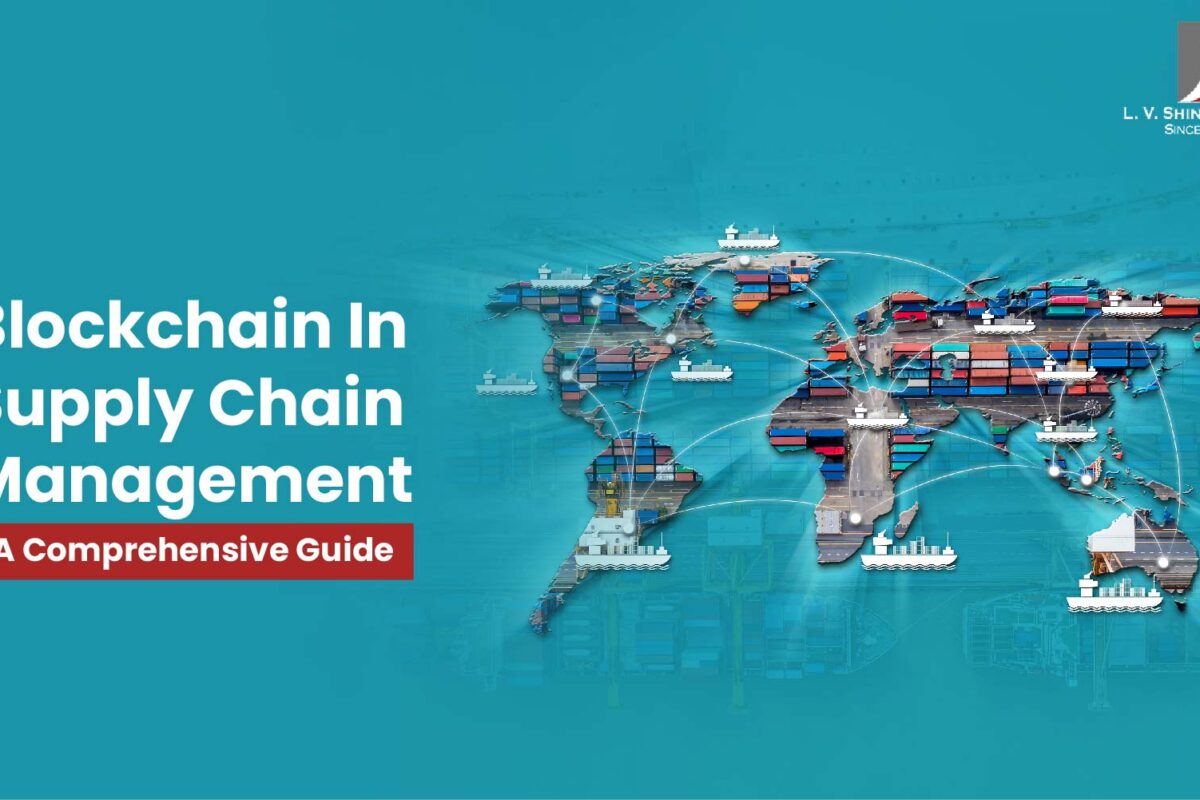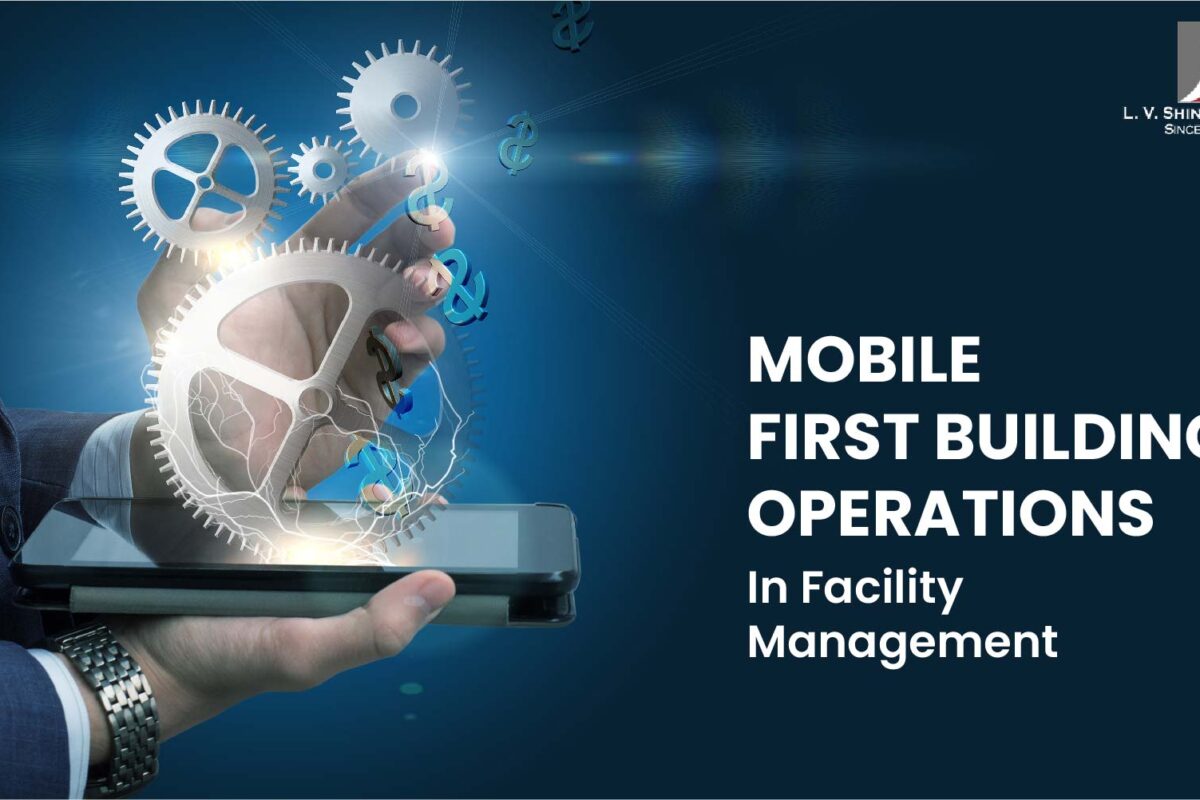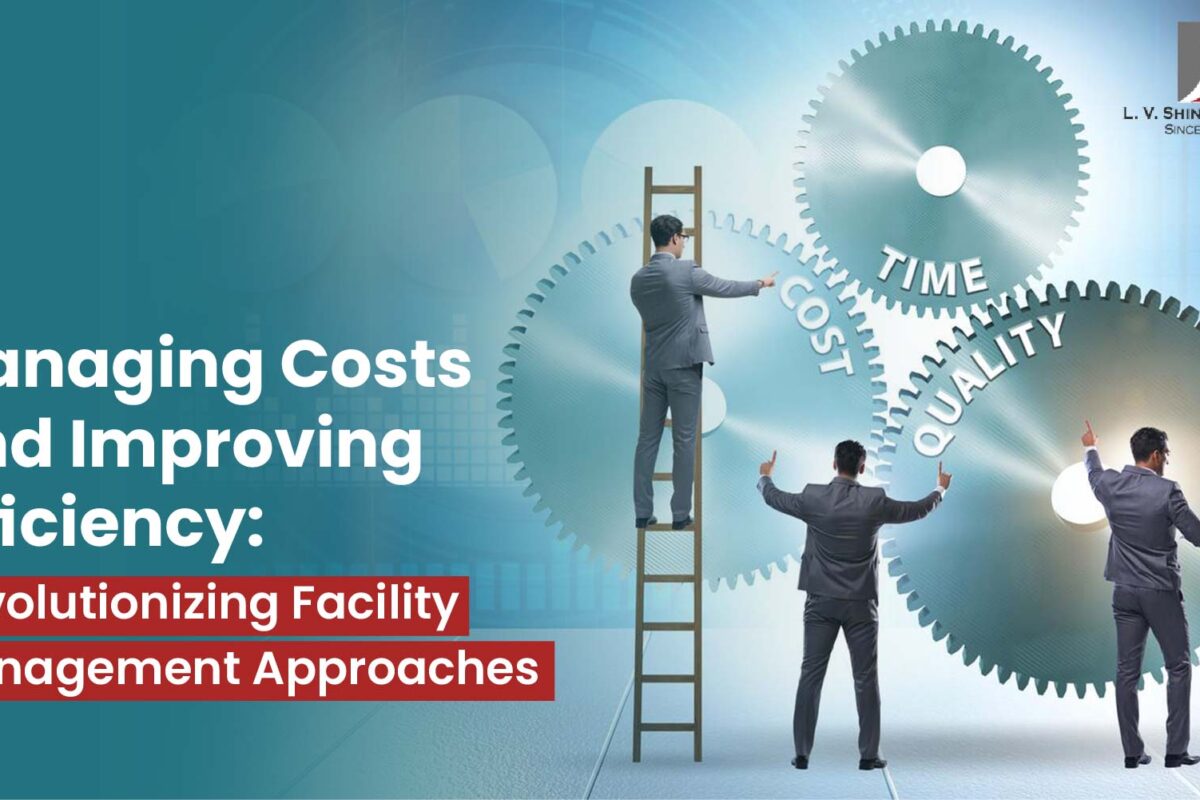Facilities management duties are frequently divided into two categories: Hard FM and Soft FM. especially when operating a sizable facility or a number of facilities. Both hard FM and soft FM are significant. Businesses are required by the Workplace (Health, Safety and Welfare) Regulations of 1992 to protect the daily health, safety, and welfare of building occupants.
What Are Hard FM Services?
Hard facilities management services deal with the actual structures and land that are under administration. Hard FM services are frequently mandated by law to protect residents’ safety and wellbeing. Some of the most popular hard FM services are highlighted in the graph below, which includes:
- Electrical & Mechanical Services
- Fire Fighting Services
- Plumbing & Carpentry
- BMS Operations
- Asset Management
- Specialized Engineering Services
- Energy Management & Sustainability
- Adhoc Project Management
What Are Soft FM Services?
On the other hand, there are soft FM services that, while not always mandated by law, are crucial to the general maintenance and safety of buildings. Soft FM services provide inhabitants with a comfortable and healthy environment even if they are not a physical component of the structure. These are frequently essential to occupant safety, particularly in recent years when organizations were compelled to follow strict cleaning protocols to help stop the spread of COVID-19. Soft FM services could consist of:
- Mechanized Housekeeping Services
- F&B & Pantry Services
- Visitor & Front Office Management
- Landscaping and Gardening
- Guest House Management
- Helpdesk & Mail Room Services
- Specialized Disinfection & Sanitization
- Pest Control & Prevention
- Façade cleaning
How To Manage Your Hard And Soft FM Services?
Most companies handle their FM services using facilities management service providers and their efficient software. It is used to document, plan, schedule, carry out, keep track of, and report on all management duties for any institution.
To manage both hard and soft FM services more quickly, here are some additional tips:
- The preparation of building maintenance
It is possible to carry out and keep track of planned, preventative, predictive, and reactive maintenance actions. To speed up FM, inspections, audits, and checks can be conducted.
- Work Orders for Technicians and Job Logging for End-Users
The end-user job tracking those results in work orders for technicians speeds up the management of certain facilities. Most tools allow you to centrally store information about warranties, services, and equipment images.
- Keeping an Up-to-Date Asset and Facility Register
The provision of hard and soft FM services relies heavily on an asset register. Understanding the location, condition, and past of any asset is a necessary step in the process. The process of budgeting and visibility is driven by this. There is transparency regarding total costs of ownership (TCO) and return on investment as a result (ROI). Allowing firms to choose whether to replace, repair, or dispose of a particular asset. Some technologies used by Supreme Facility Management, the leading FM provider, include the ability to track, monitor and update the current facility maintenance requirements.
- Improved Space Management
After the Covid19 outbreak, interest in workplace design, seating management, and space management has increased. All of which support workplace utilization and well-being management.
- Monitoring Energy Usage
FM providers like Supreme Facility Management identify and provide information on energy use by zones and assets using sensors (IoT). In addition to lowering energy costs, this makes the building more environmentally friendly.
Determining Which Facilities Management Services, You Need
Of order to understand the potential risks to tenants and how to prevent them, you would first need to conduct a risk assessment in your building. Find out which building components physically require hard FM services:
- Exists a fire safety system in the building already? If so, how will you make sure they are checked on a regular basis?
- Is there an HVAC system in the building?
It is advised that you select soft FM services based on how you intend to use the facility and what the present environment requires. Soft FM services will vary depending on the size, location, and kind of structure.
What Are The Goals Of Soft Vs Hard Services?
The primary distinction between hard and soft facility management ought to be clear. While one of them is people-intensive and concerned with the human side of the business, the other is machine-intensive and focuses on assets and machines. Because of this distinction, each has a highly different effect on the company’s budget, performance, and daily operations.
Hard Facility Management Goals-
Preventive and predictive maintenance are a significant part of hard FM services. The primary aims are:
- Avoid unscheduled stops and uphold a standard of service;
- Controlling expenses
- Improving adherence;
- Increasing the ROI and extending the life of each asset;
- Avoiding workplace accidents.
In other words, the core business and cost control are more significantly impacted by these hard services.
Soft Facility Management Goals-
While cleaning services may be an exception, we are confident that you would lose all of your clients if they began to sneeze as soon as they walked in due to the collected filth and dust. Soft services, on the other hand, do not directly affect the company’s earnings or losses. In terms of importance for soft FM services,
- Convenience
- The health of your group;
- Giving customers a sense of value, even if it doesn’t immediately affect how well the firm is performing.
It is important to keep in mind that smart buildings, which depend on soft services, are both a trend in facility management and a method of retaining talent.
The Benefits Of Having A Hard & Soft Service FM Provider
The management of facilities can be outsourced, which is a great method to maximize your time. A professionally managed and maintained workplace provides more than just a pleasant environment. Your work life is made simple, safe, productive, and fun in such a setting. SFM’s top hard and soft services make a difference at this point. We provide cost-effective services while letting you concentrate on your main concepts.
- Less Administrative Burdens
Your productivity will suffer because of focusing more of your time on facility management than on your company’s objectives. You may utilize your time and resources effectively by working with a corporate facilities service company like Supreme Facility Management offering soft and hard facility management resulting in a workplace environment that is productive.
- Low Cost of Operations
Supreme Facility Management’s crew has a wealth of knowledge in maintaining the infrastructure needed for efficient operations. decreasing the overall cost of operations. A skilled FM service provider also streamlines your procedures so they can tackle several duties at once. This eliminates the additional expense of using various businesses for various services. Thier knowledgeable team can assist you in cost analysis and offer you a precise cost forecast for upcoming services.
- Optimum Working Conditions
SPM’s knowledgeable team can quickly locate the parts of your facility that need optimization. They will create a strategy plan that is appropriate for your business. By enabling your staff to feel at home and productive at work, you will create the ideal working environment.
- Reduced Downtime for Your Company:
Any type of downtime can cost your company money. Repairs might be quite expensive depending on whether there is defective equipment or a power outage. Building maintenance specialists in SFM can quickly pinpoint issues with FM services. Additionally, our specialists can assist you in taking precautions to reduce the possibility of downtime. We will prioritize the maintenance to make sure everything operates well.
How To Decide Which Type of FM Is Right for Your Business?
Your organization’s whole operations could change thanks to facilities management. Make sure you pick the correct provider who can lead your company to where it wants to be if you want this transition to be a success. You should carefully evaluate each factor before making a choice because there are numerous to take into account.
Here are some crucial factors to take into account while picking the top facilities management company!
- Development & Qualifications
When outsourcing facilities management, you want your provider to supply top-notch teams with the confidence that they’ll advance rather than impede your company. Make sure that everyone is fully trained in accordance with industry standards and that the company you choose is certified and accredited to offer you a high-quality service.
- Relationships With Previous Clients
Examining a facilities management provider’s relationships with current or former clients is a useful way to determine whether they are competent in what they do and can offer you a high-quality, effective service. If you’re serious about enhancing your organization, seek to see if their clientele has been with them for five years or longer. On average, FM contracts run for approximately three years.
This is a terrific way to gauge the quality of a facilities management provider because those who have numerous long-term customers are probably doing quality work and offering top-notch services. You might always ask them for extra details on their track record if this information isn’t obvious.
- KPIS
Excellent FM suppliers will outline a list of KPIs that are precisely defined and that they will adhere to in order to assist your company in achieving its objectives. Ensure that they will specify pertinent KPIs and provide you with clear, understandable reporting on these. The purpose of outsourcing is to simplify your job, so if you can’t comprehend the outcomes they’re achieving, how they’re doing it, or why, then they’re probably not the perfect fit for you. Always inquire because a quality FM provider should be able to adjust to your specific demands.
If it’s available, make sure to look at their KPI success as this will also give you a good picture of how effective they are as an FM organization.
- Are They Capable of Serving Your Needs?
Every organization has its own unique demands and desires, so you should always confirm that your new facilities management company will accommodate them. FM must mesh with your overarching objectives and genuinely become a part of your organization to be most effective.
Are they able to learn the details of your company and customize their FM services to fit within the structure, strategy, and objectives of your organization?
- Could You Trust them?
As previously noted, the goal of outsourcing your FM is to simplify your life and save your expenses, therefore you need a supplier who can work independently to achieve your goals without a lot of management input.
Verify that the provider is capable of operating independently, adhering to KPIs, and knowing precisely what must be done and how to execute it for your particular organization. You’ll need them to be able to easily adapt to your environment without a significant transition or ongoing support, and to assist your organization in independently achieving its goals.
Conclusion
All businesses need a variety of services to function effectively mainly revolving around hard and soft facilities management. The specific services that your business needs depend on the kind, scale, and location of your operation, but there are a limited number of facilities that are required by law. Although it might be a demanding job with clear objectives, facilities management is often immensely rewarding. It contributes to creating a workplace that is safer, more productive, and compliant.
Soft and hard both facilities management play a significant role in maintaining the productivity and security of your workplace. While one ensures the security aspect, the other guarantees the comfort of employees. If you seek to find the right candidate right services provider for your needs there are various aspects that you should consider, although to make your research easy, we suggest you to reach out to us, Supreme facility Management we are a dominant in the industry with decades of experiences and the widest list of clienteles. To know more about us you can simply visit us.
